In any exchange and especially in storytelling, there are two ‘islands’: the listener and the subject. A great experience will put the focus in between them, creating a bridge by which the listener can cross to connect with the subject.
One of the examples I’m most proud of is the Thrillercast series I worked on with Joe V. for Sony last year. I don’t think we knew it at the time, but this became the perfect example of the bridge concept in action.
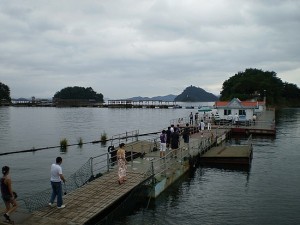 Identify the goal. Capture the long-standing affect that Michael Jackson’s album “Thriller” and associated videos had on the world, through interviews with people who were a part and those who were influenced.
Identify the goal. Capture the long-standing affect that Michael Jackson’s album “Thriller” and associated videos had on the world, through interviews with people who were a part and those who were influenced.
Define the lanes. Identify the areas where “Thriller” had a major influence – Music, Songwriting, Production, Choreography, Dance, Video, Radio.
Define the pillars: Identify the events or items common to each of the lanes that we want to make sure are touched upon throughout the stories. In this case, the songs themselves became great pillars.
Place your pillars. Figure out how to arrange the stories so that the overall story arc is tight and compelling. Whether it’s grouping episodes together by topic, walking the listener through chronologically, or some other organizational system, the grouping of the content will ensure that the listener is taken on a smooth journey.
Find your storytellers for each lane. Cast people who are passionate about telling their story and whose stories can serve as a bridge between the listener and Michael. We new almost immediately whether someone had something to say or would just be going through the motions, and that informed whether we pursued them or not.
Capture bridge stories. When interviewing, keep the tone anecdotal rather than empirical. Anyone can sit there and list the various awards received and the number of copies sold. Those are things about the subject, and do not belong on the bridge. Remember, all those achievements happened because of the bridge elements. We encouraged people talk about their experience with “Thriller” from within their area, the influence it had on them, and how it changed affected the landscape as a whole.
So, when telling a story (be it a bedtime story, a podcast, a twitter stream, a presentation, a mix CD, anything), ask yourself: Does this experience build a bridge? If not, you’re not done.

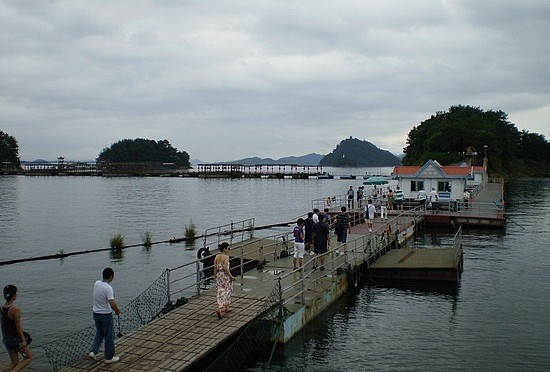
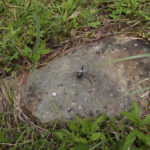

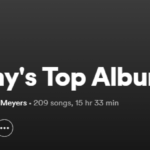
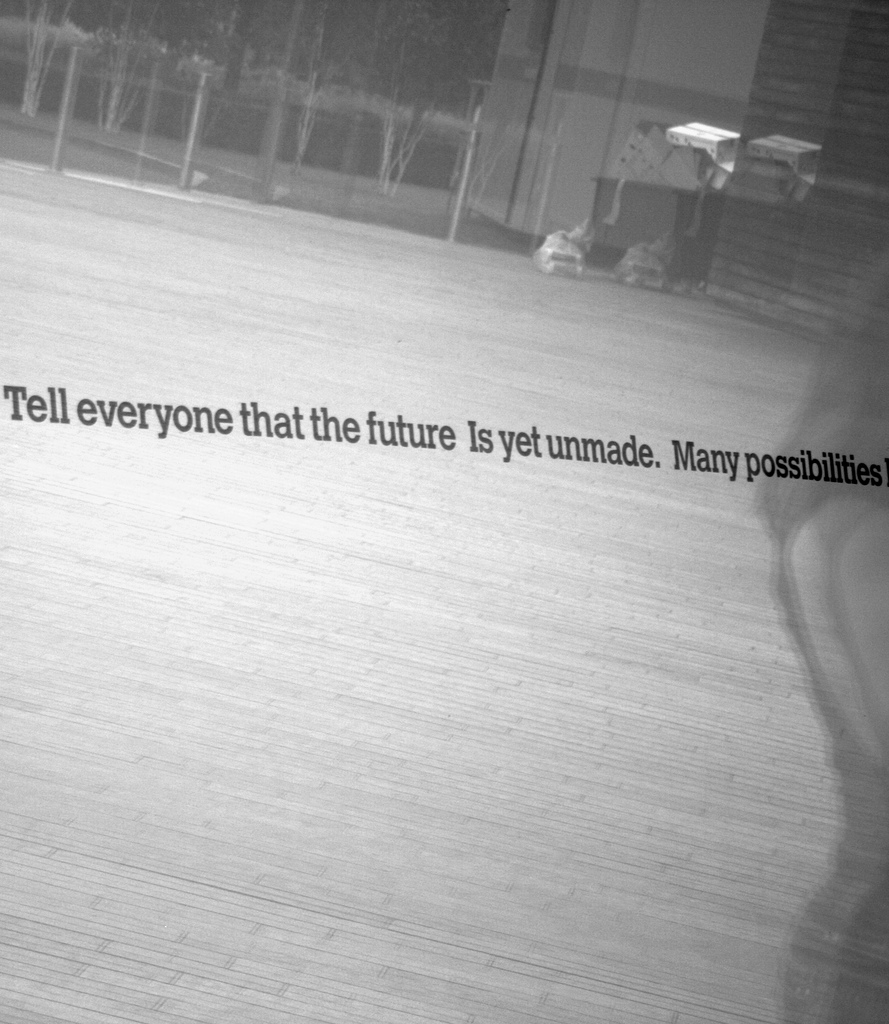
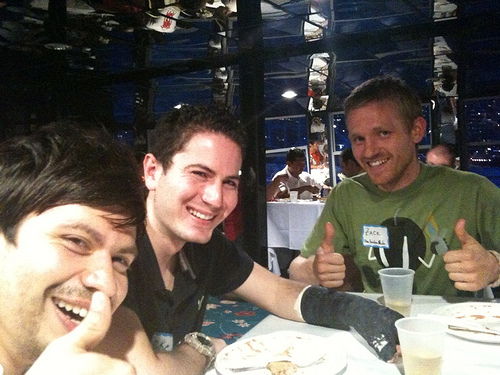
Hi Jeremy,
Great perspective. I agree with you, the mistake people make too often is telling their story rather than using their story as a bridge to relate to their listener(s).
Thriller, of course, was amazing “bridge” music. I was traveling the summer the it came out and, everywhere I went, there was Michael Jackson blaring out of someone’s speakers. I think my old cassette tape came from a friend in Norway, and every time I hear Billy Jean it still brings back good memories.
Hope you’re having a good weekend,
Daria
.-= Daria Steigman´s last blog ..Are Business Cards Obsolete? =-.
Hi Jeremy,
Great perspective. I agree with you, the mistake people make too often is telling their story rather than using their story as a bridge to relate to their listener(s).
Thriller, of course, was amazing “bridge” music. I was traveling the summer the it came out and, everywhere I went, there was Michael Jackson blaring out of someone’s speakers. I think my old cassette tape came from a friend in Norway, and every time I hear Billy Jean it still brings back good memories.
Hope you’re having a good weekend,
Daria
.-= Daria Steigman´s last blog ..Are Business Cards Obsolete? =-.